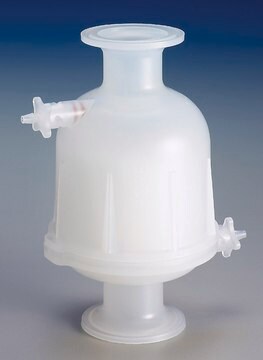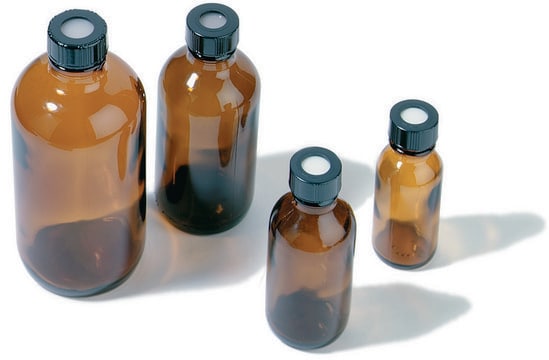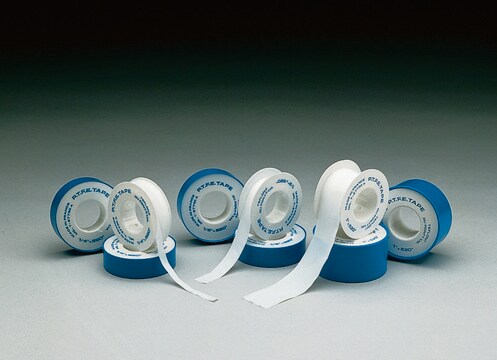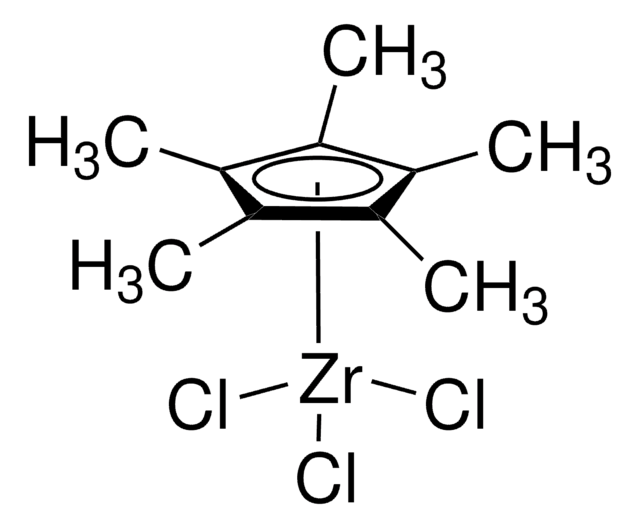AB10620
Anti-Cdc4 Antibody
Chemicon®, from rabbit
About This Item
Productos recomendados
biological source
rabbit
Quality Level
antibody form
affinity isolated antibody
antibody product type
primary antibodies
clone
polyclonal
purified by
affinity chromatography
species reactivity
human
manufacturer/tradename
Chemicon®
technique(s)
immunoprecipitation (IP): suitable
western blot: suitable
NCBI accession no.
UniProt accession no.
shipped in
dry ice
target post-translational modification
unmodified
Gene Information
human ... FBXW7(55294)
General description
Cdc4 is one member of this family, which is also known as AGO, FBW7, FBX30 or SEL10. CDC4 binds directly to cyclin E and targets cyclin E for ubiquitin-mediated degradation. Cdc4 proteins of amino acid lengths varying from 553 aa to 707 aa in length have been reported. Cdc4 is an inhibitor of Notch signaling that targets Notch for ubiquitin-mediated degradation after a nuclear phosphorylation event.5,6 Cdc4 interacts with presenilin 1, facilitates its ubiquitination, and alters A-beta peptide production. Thus, it may be important for Alzheimer′s disease. Mutations of the CDC4 gene are detected in ovarian and breast cancer cell lines and the CDC4 gene may also be involved in the pathogenesis of human pancreatic and endometrial cancers.
Specificity
Immunogen
Application
Protein Trafficking
Ubiquitin & Ubiquitin Metabolism
Immunoprecipitation: 7 µg/reaction
Optimal working dilutions must be determined by end user.
Physical form
Storage and Stability
Other Notes
Legal Information
Disclaimer
¿No encuentra el producto adecuado?
Pruebe nuestro Herramienta de selección de productos.
Storage Class
12 - Non Combustible Liquids
wgk_germany
WGK 2
flash_point_f
Not applicable
flash_point_c
Not applicable
Certificados de análisis (COA)
Busque Certificados de análisis (COA) introduciendo el número de lote del producto. Los números de lote se encuentran en la etiqueta del producto después de las palabras «Lot» o «Batch»
¿Ya tiene este producto?
Encuentre la documentación para los productos que ha comprado recientemente en la Biblioteca de documentos.
Nuestro equipo de científicos tiene experiencia en todas las áreas de investigación: Ciencias de la vida, Ciencia de los materiales, Síntesis química, Cromatografía, Analítica y muchas otras.
Póngase en contacto con el Servicio técnico







